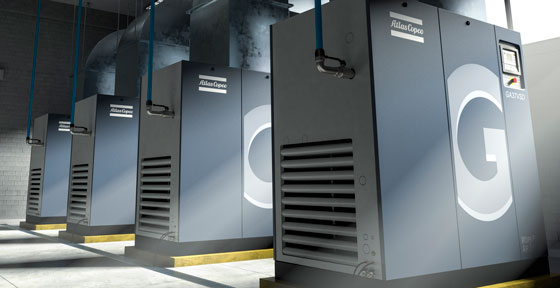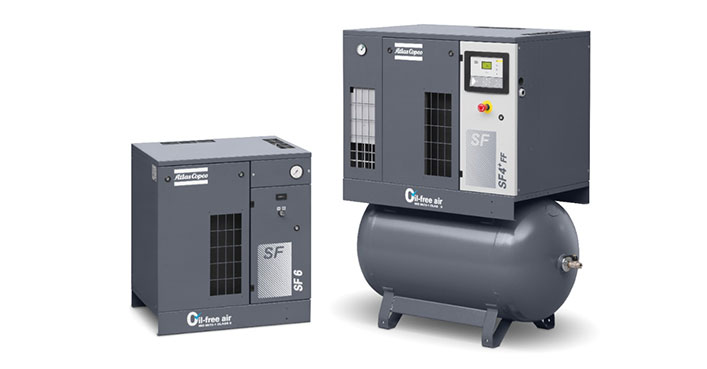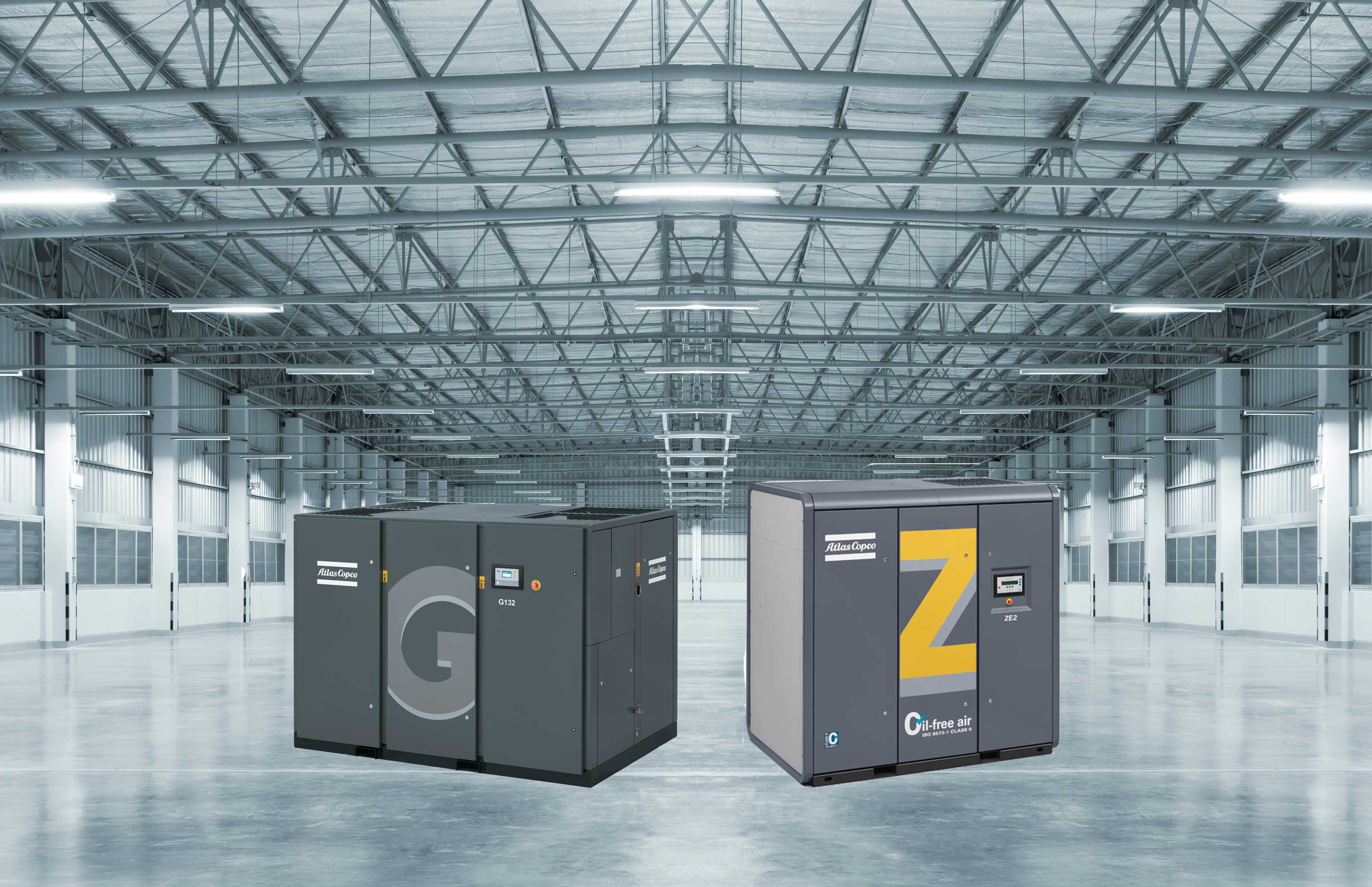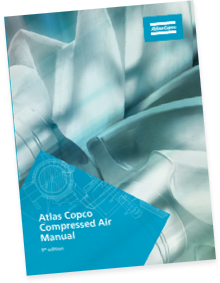
Thank you for your submission. Your personalized homepage experience is available here. You may edit your selections at any time.
Your personalized homepage experience is available here. You may edit your selections at any time.
You may personalize your experience at any time during your visit.

Part I of Enclosed Versus Non-Enclosed Air Compressors: Employee Safety
What’s on the inside matters just as much as what is on the outside. Successful manufacturers put a great deal of time and attention on research and development for every product design. And they will only release a product for public use after extensive testing has taken place – to ensure the new or redesigned product upholds the characteristics that the customer has grown to trust from this brand, and, above all, to make sure it’s safe.
The same can be said about air compressors and their engineering – every aspect of a design should serve a purpose. The enclosure, for instance, not only provides useful equipment information on the outside but also plays a critical role in protecting the integrity and performance of the components inside. And it can play a very important role in employee safety. There are a number of advantages to enclosed canopy air compressors when the right application allows; below are a few ways they can help improve employee safety:
1. Leak Containment – All pipes, hoses and fittings are rated to meet or exceed the compressor’s maximum pressure. But leaks happen. And in the event of an oil leak, a compressor canopy can keep employees safe by helping to contain the leak, preventing it from spilling out onto the floor and creating a slip-and-fall hazard for workers.
2. Spark Suppression – Just like with an oil leak, the air compressor canopy can do a great deal to quell any additional dangers that could arise from the exposure of a spark to other potential hazards in the workplace. Even the most mindful employees can let their guard down and become vulnerable to the unexpected.
3. Less Maintenance, More Worry-Free Operation – Clean machines are safer machines. And enclosed compressors help keep critical components, including the motor, coolers, and filters, shielded from excess dirt, dust, and moisture. This can result in lower maintenance costs and fewer service cycles.
4. Risk of Damage – The components of non-enclosed air compressors are more susceptible to breakage or damage from other people, equipment such as forklifts, or other foreign objects that can come in contact with it. An enclosure can protect the compressor from these mishaps, keep the compressor operating at peak (and safe) performance levels, and help prevent downtime due to repairs or, even worse, replacement.
5. Quiet Operation – While most stationary air compressors have integrated components that help control operational noise, there are some ways to suppress compressor noise, which we referenced last week, helping keep employees safe as well. Sound safety and hearing protection is an important part of employees’ safety, and OSHA has some helpful outlines to follow. Here are some important facts and figures to consider when determining if your employees are required to wear hearing protection equipment in the workplace:
- 4,000,000 workers go to work each day in damaging noise environments;
- 10,000,000 people in the U.S. have a noise-related hearing loss – 22,000,000 workers are exposed to potentially damaging noise each year;
- In 2007, approximately 23,000 cases were reported of occupational hearing loss that was great enough to cause hearing impairment. Reported cases of hearing loss accounted for 14% of occupational illness in 2007;
- Four out of five cases involving occupational hearing loss were reported among workers in the manufacturing sector.
Most Atlas Copco air compressors operate with decibel levels at or near a normal conversation level, around 62 dB, because noise issues (as well as heat generation issues) are addressed where they originate (gears, etc.). And while sound dampening components are an important part of Atlas Copco air compressors, our canopy panels and doors are engineered to be removed quickly and easily to access all of the internal components whenever needed.
We’ll explore other differences between enclosed and non-enclosed air compressors again next month in Part II, including access to internal components (the space – or lack thereof – surrounding compressors and the areas in which they are installed is an another issue in itself). What’s on the outside does matter, but not for the sake of sacrificing the integrity and performance of the critical components inside.
Do you prefer closed canopy compressors? If so, let us know why in the comments section below. We also welcome any additional tips or ways that a compressor canopy has helped improve safety in your workplace. Information that you can share and help make the workplace a safer place is never proprietary.
-
 Nov 9, 2023 Oil-Free vs. Oil-Injected Compressors: Noise ComparisonRead more
Nov 9, 2023 Oil-Free vs. Oil-Injected Compressors: Noise ComparisonRead more -
 May 18, 2023 Celebrating the Unsung Hero of Craft Beer Week – Air CompressorsRead more
May 18, 2023 Celebrating the Unsung Hero of Craft Beer Week – Air CompressorsRead more -
 Feb 9, 2023 A Beginners Guide to Oil-injected vs. Oil-free CompressorsRead more
Feb 9, 2023 A Beginners Guide to Oil-injected vs. Oil-free CompressorsRead more
Personalize your experience on the Compressed Air Blog.
Only see the articles on the blog you are interested in reading. Personalize your experience by selecting the topics you are interested in below.
